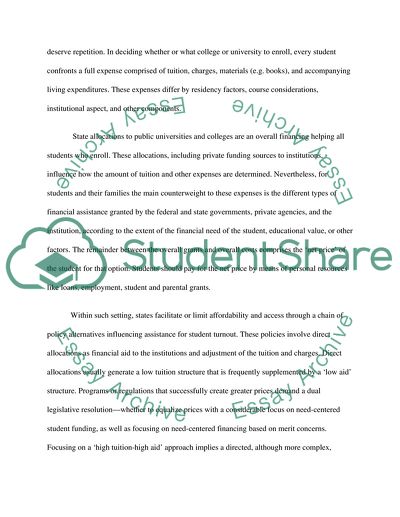Cite this document
(How Can We Make College More Affordable Research Paper, n.d.)
How Can We Make College More Affordable Research Paper. Retrieved from https://studentshare.org/education/1876162-how-can-we-make-college-more-affordable
How Can We Make College More Affordable Research Paper. Retrieved from https://studentshare.org/education/1876162-how-can-we-make-college-more-affordable
(How Can We Make College More Affordable Research Paper)
How Can We Make College More Affordable Research Paper. https://studentshare.org/education/1876162-how-can-we-make-college-more-affordable.
How Can We Make College More Affordable Research Paper. https://studentshare.org/education/1876162-how-can-we-make-college-more-affordable.
“How Can We Make College More Affordable Research Paper”, n.d. https://studentshare.org/education/1876162-how-can-we-make-college-more-affordable.


